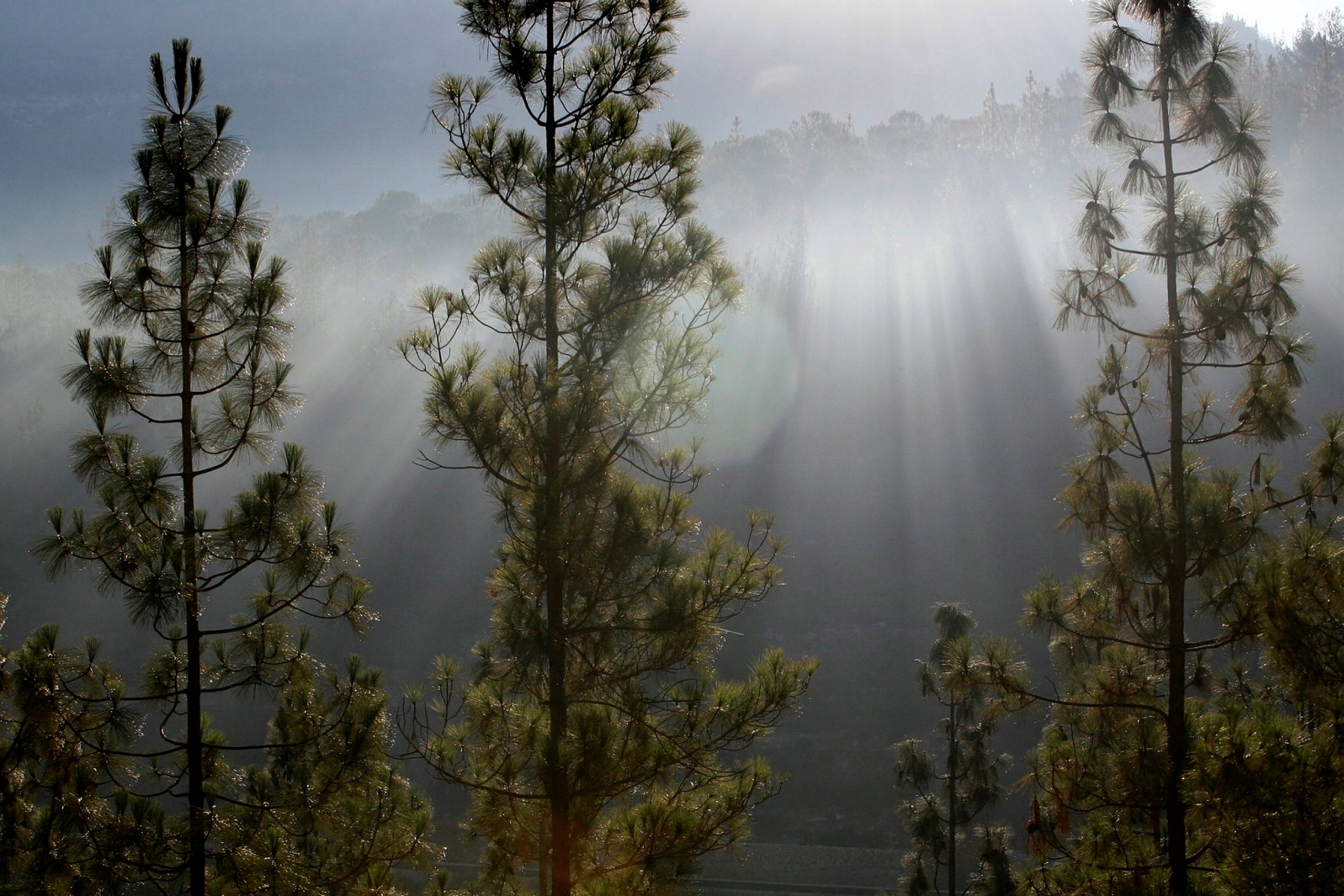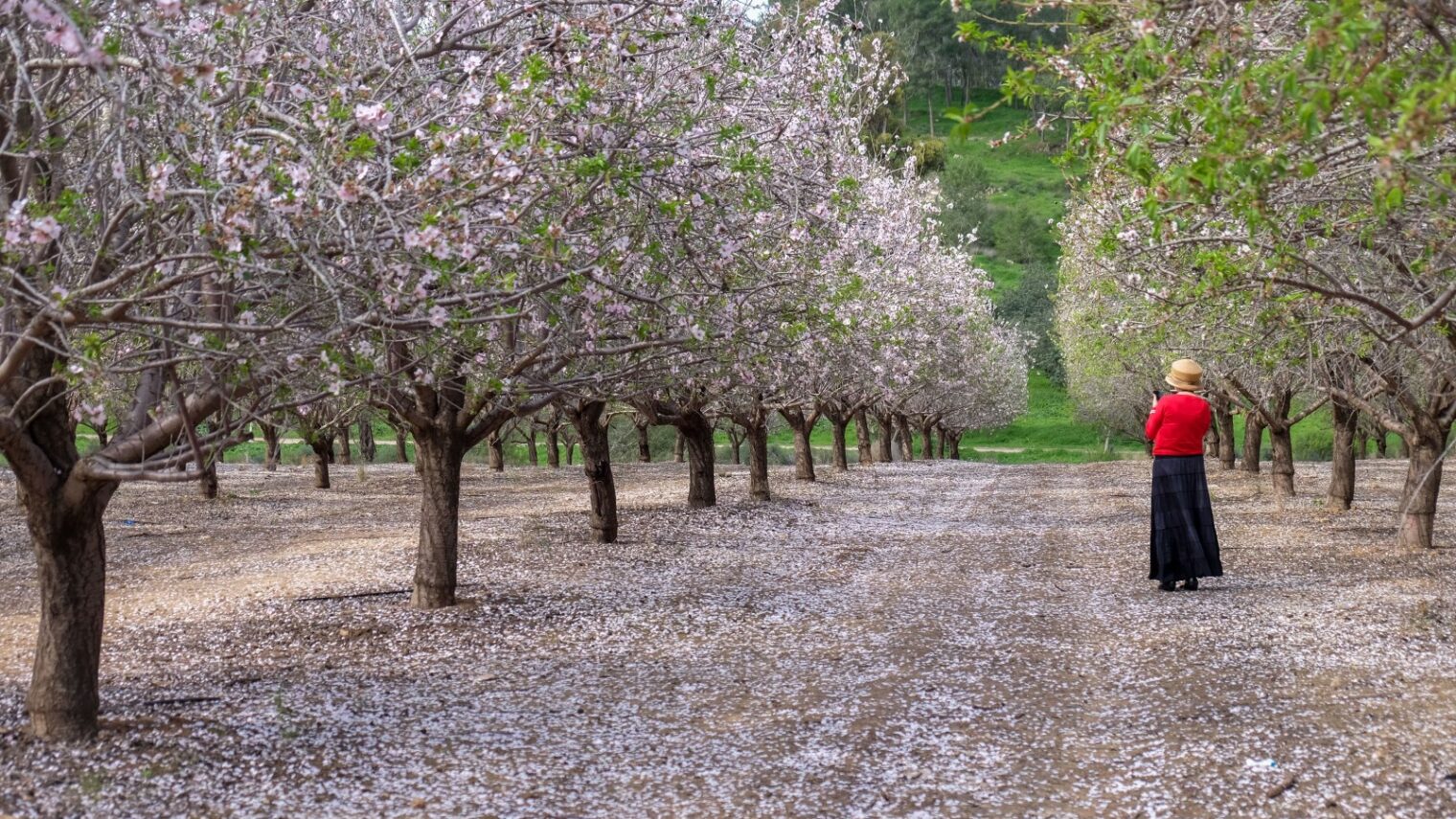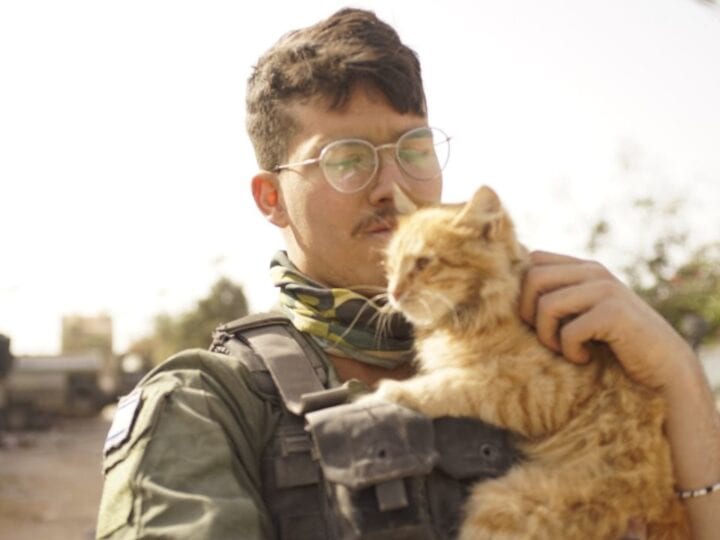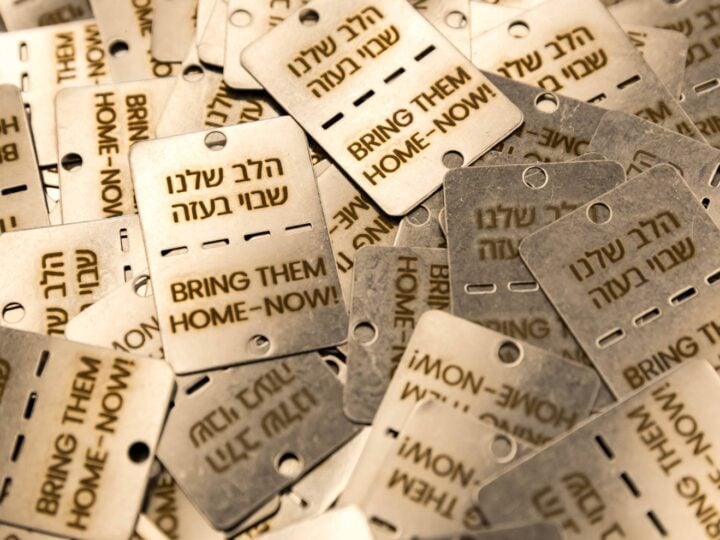Tu B’Shvat, the Jewish New Year for Trees, will be celebrated this year from sunset January 20 to sunset January 21, corresponding to the 15th day of Shvat on the Hebrew calendar.
Yes, it’s still winter in Israel, but traditionally the 15th of Shvat is when the earliest hint of pink blossoms start appearing on the almond trees, heralding the coming crop of bountiful fruits.
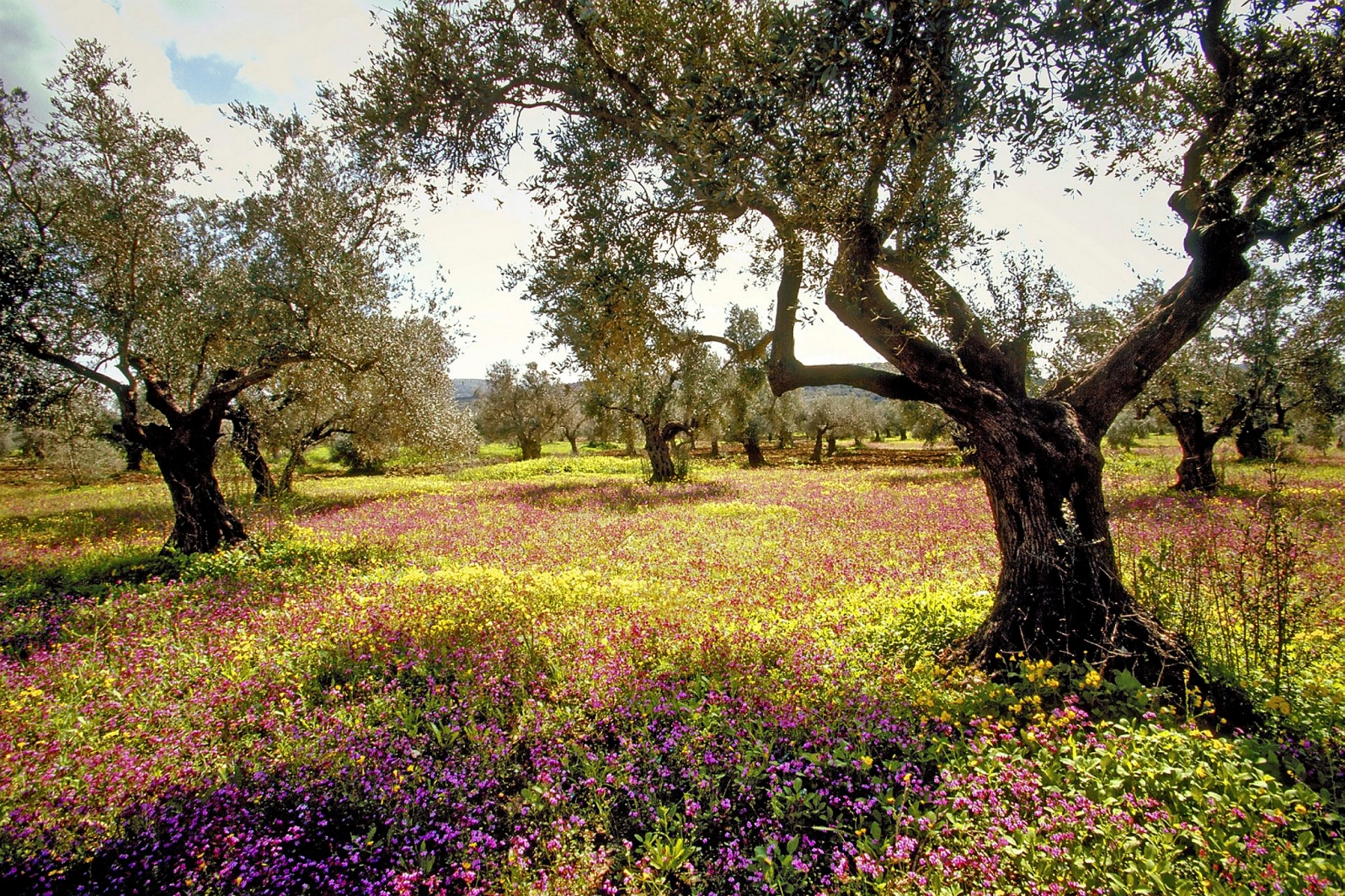
In ancient times, Tu B’Shvat was the date used to calculate the beginning of the agricultural cycle for the purpose of taking tithes from produce. Since 1892, Tu B’Shvat has been celebrated in Israel by planting trees.
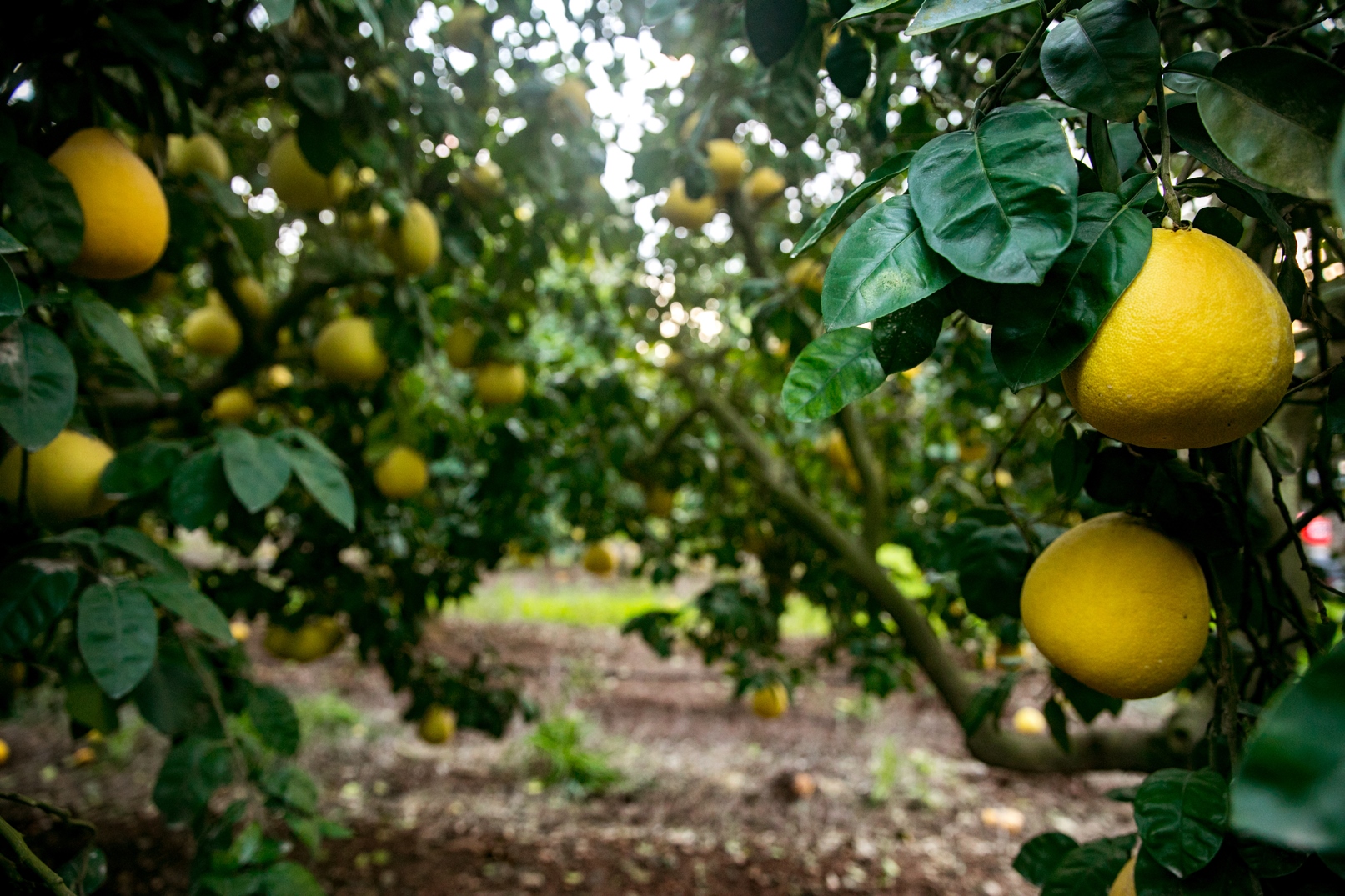
In modern times, Tu B’Shvat has turned into an international Jewish Earth Day with its own Seder showcasing Israeli wines and fruits.
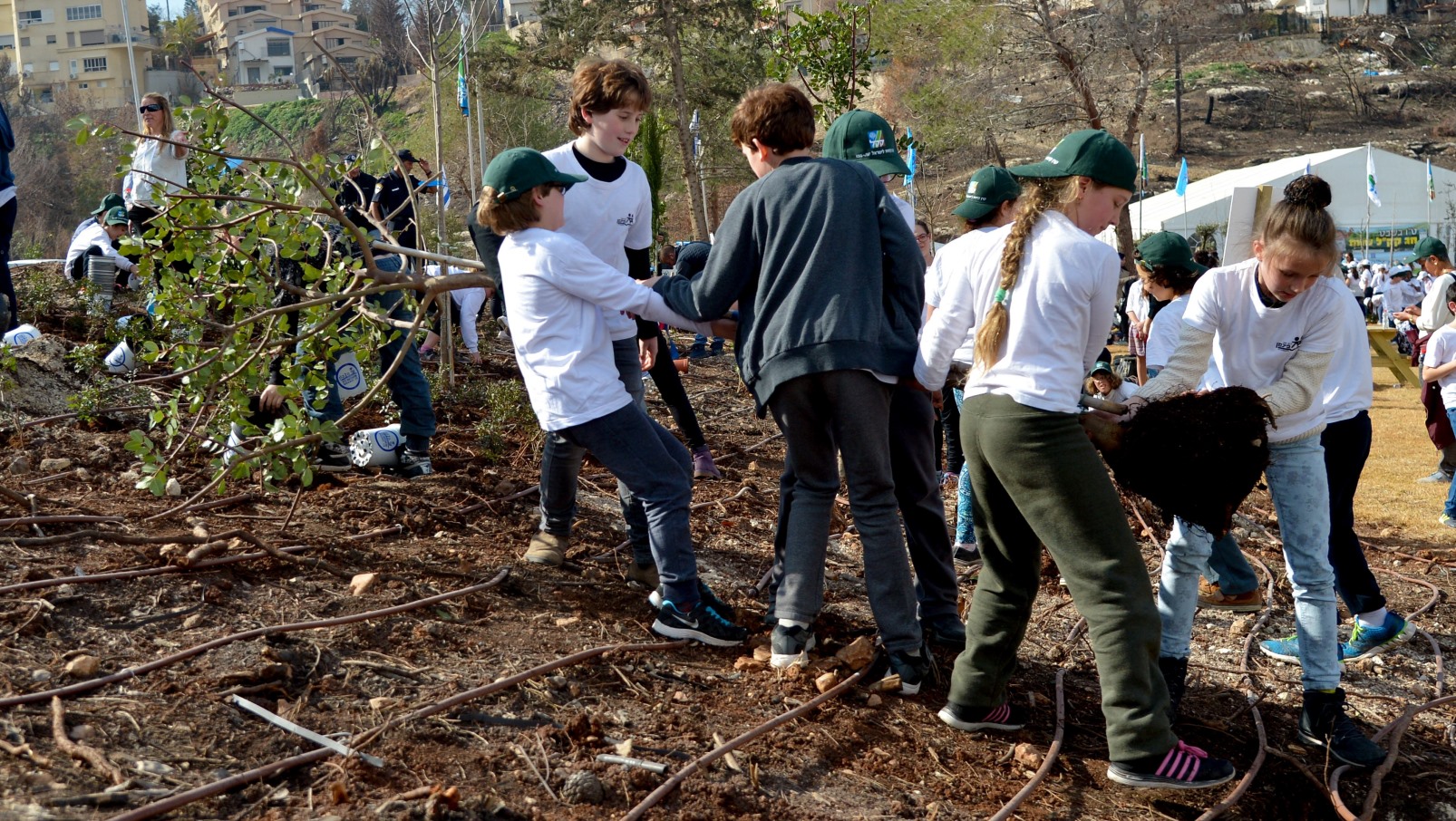
Remarkably, there were few trees standing when the first Jewish pioneers arrived in the land of Israel toward the end of the 19th century. After centuries of neglect and foreign conquest, the land was rather desolate.
Since it was founded in 1901 to buy and develop land in Ottoman Palestine, Keren Kayemeth LeIsrael-Jewish National fund (KKL-JNF) has planted more than 240 million trees in the arid and semi-arid soil of Israel.
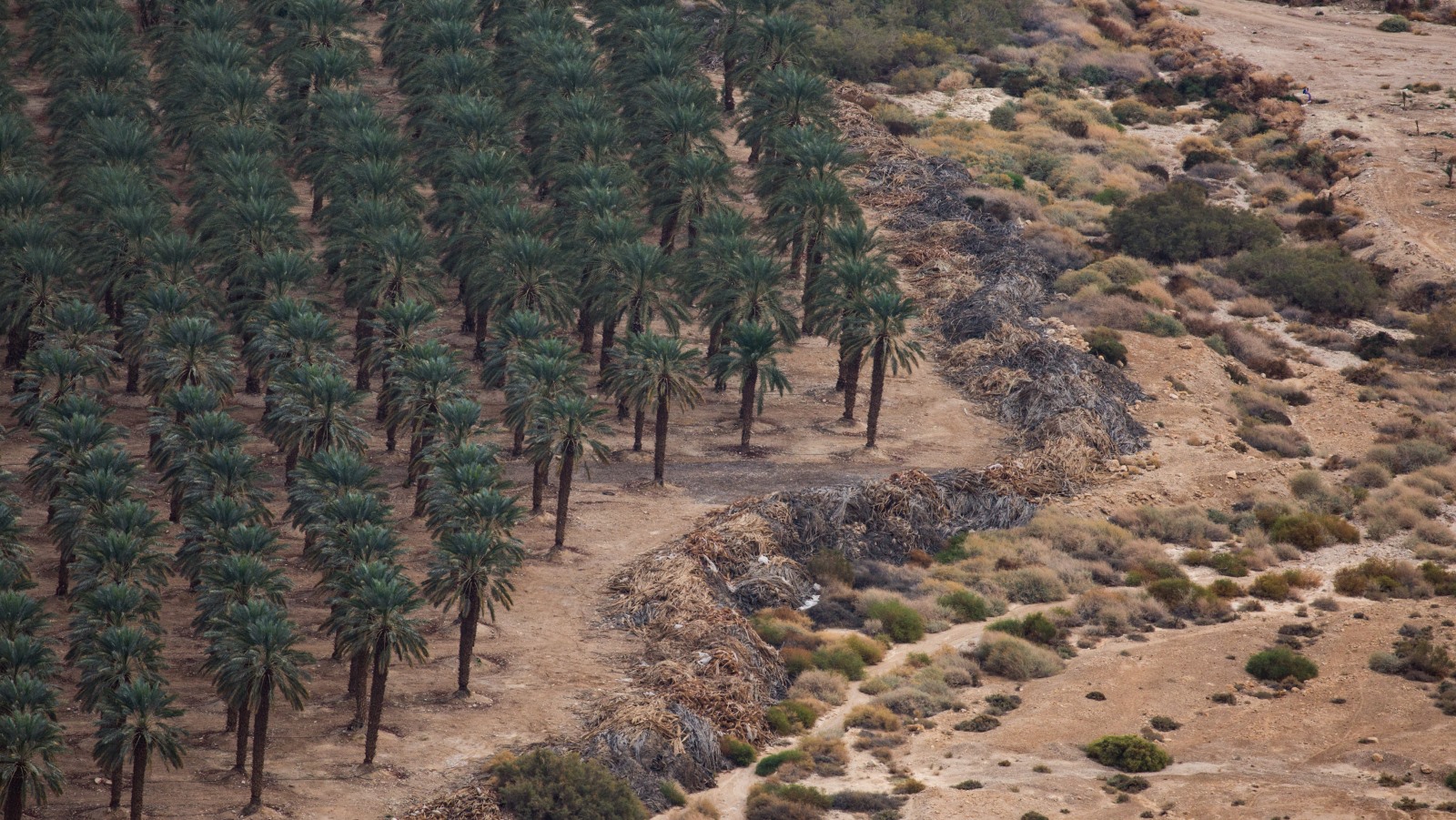
In 1948, about two percent of Israel was covered in trees. Now it’s up to around 8.5%. Due to a focus on rehabilitation and afforestation, Israel is believed to be one of the only countries in the world that ended the 20th century with more trees than it had at the start.
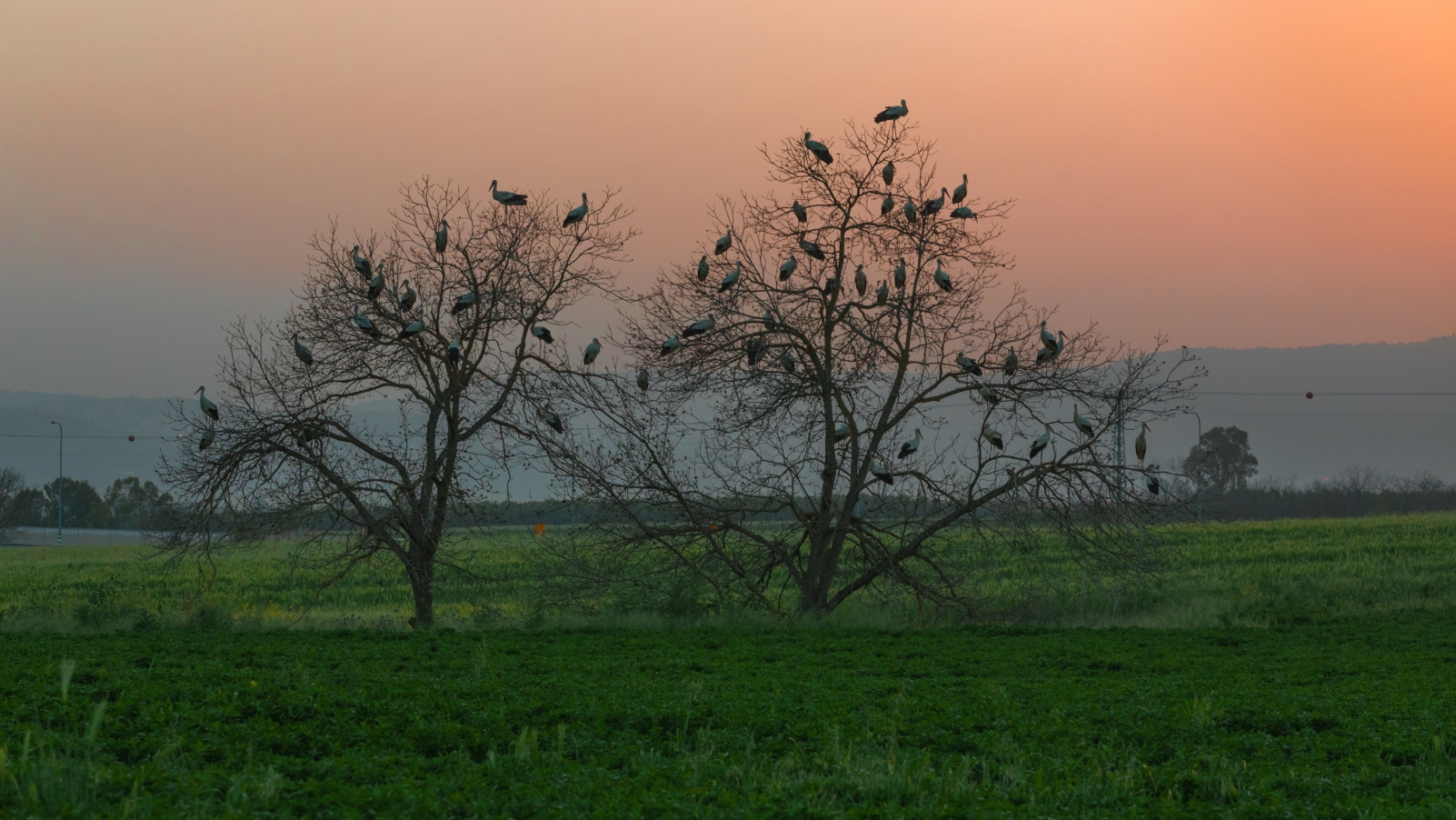
The variety of trees planted by KKL-JNF’s forestry service includes conifers, deciduous trees and fruit trees. Some are indigenous to the region and some were brought to Israel from other countries.
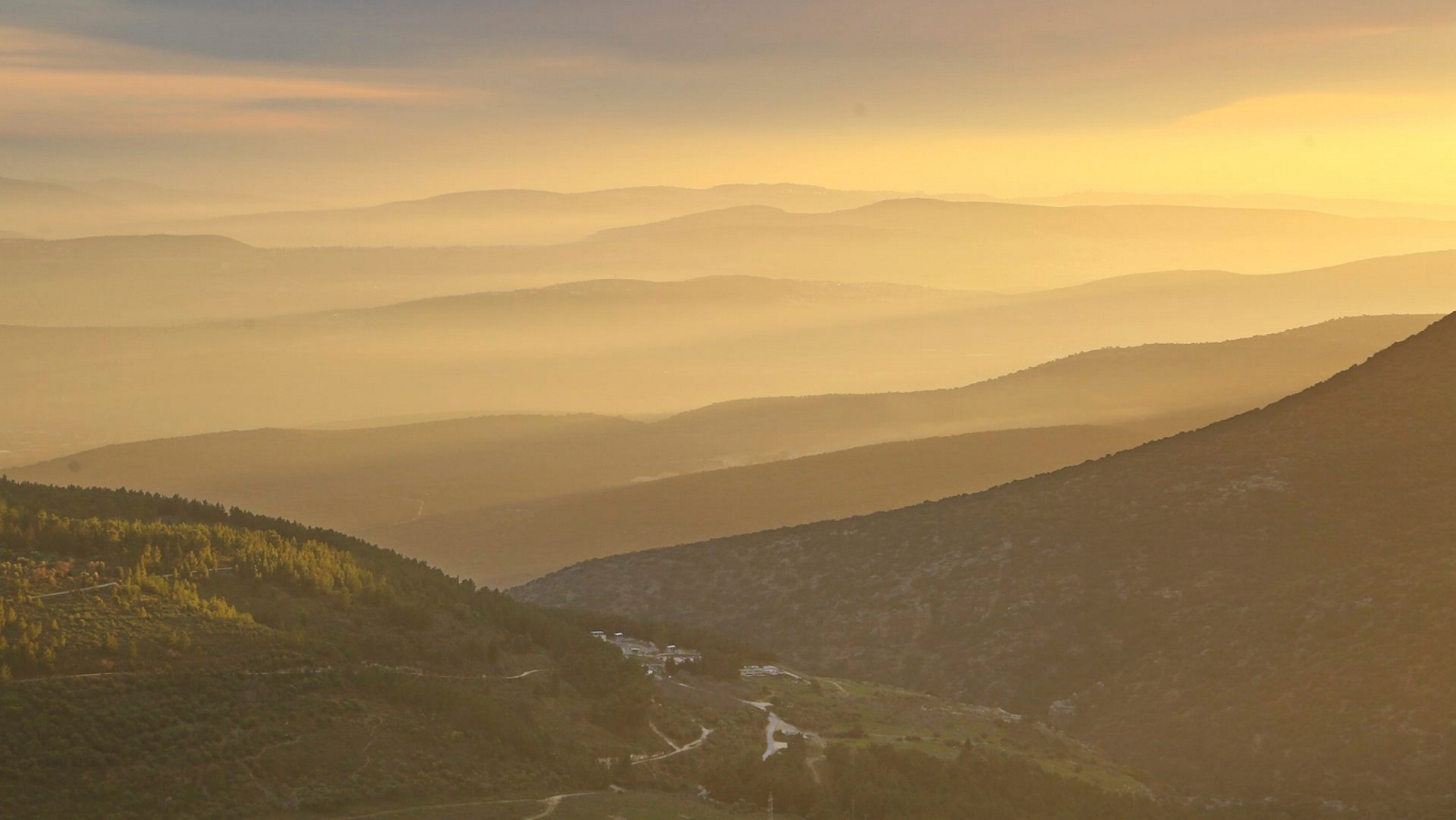
Over the past year, when an estimated 2,600 acres of KKL-JNF forests in the Western Negev were destroyed by fires caused by incendiary devices launched from Gaza, KKL-JNF is working with Gaza border residents to plant more trees as a symbol of life and hope.
